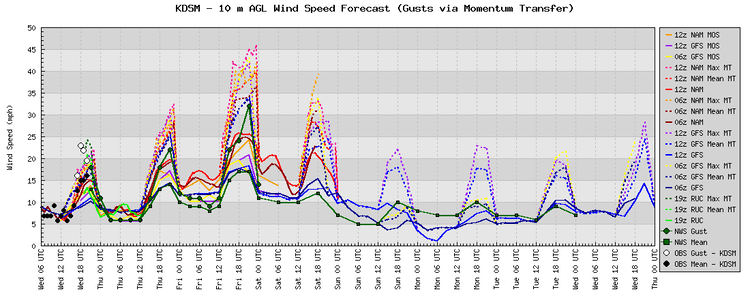 | ||
Non newtonian fluids part 1 lecture 1 5 chemical engineering fluid mechanics
In particle physics, wave mechanics and optics, momentum transfer is the amount of momentum that one particle gives to another particle.
Contents
- Non newtonian fluids part 1 lecture 1 5 chemical engineering fluid mechanics
- Fluids flow gases are fluids
- Wave mechanics and optics
- Diffraction
- References
In the simplest example of scattering of two colliding particles with initial momenta
where the last identity expresses momentum conservation. Momentum transfer is an important quantity because
Fluids flow gases are fluids
Wave mechanics and optics
A wave has a momentum
Diffraction
The momentum transfer plays an important role in the evaluation of neutron, X-ray and electron diffraction for the investigation of condensed matter. Bragg diffraction occurs on the atomic crystal lattice, conserves the wave energy and thus is called elastic scattering, where the wave numbers final and incident particles,
The presentation in
and basically states that larger
